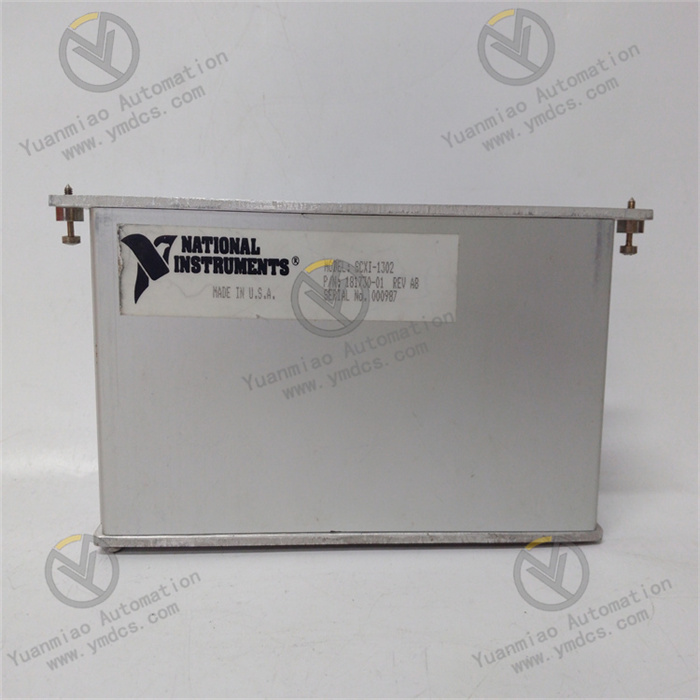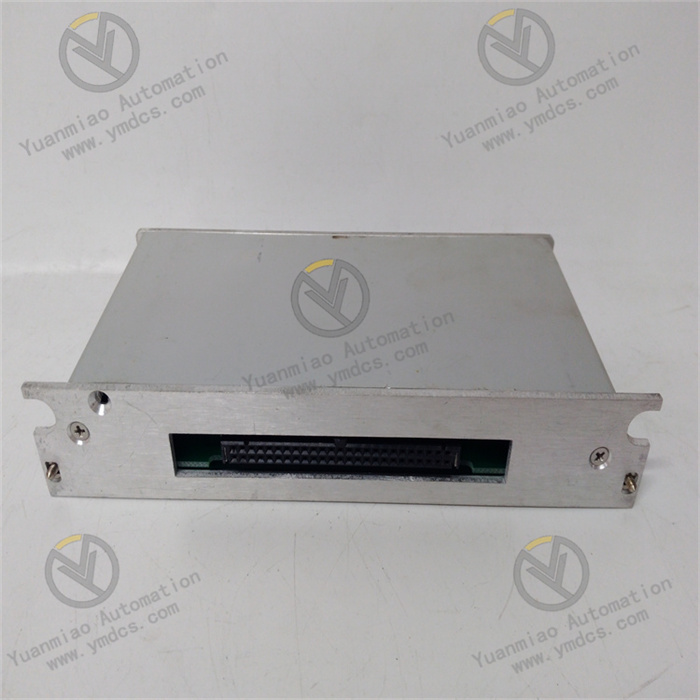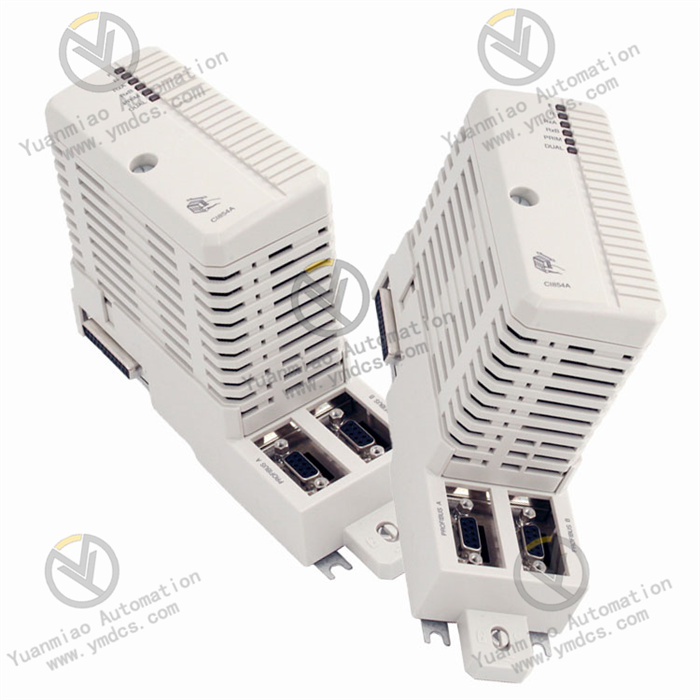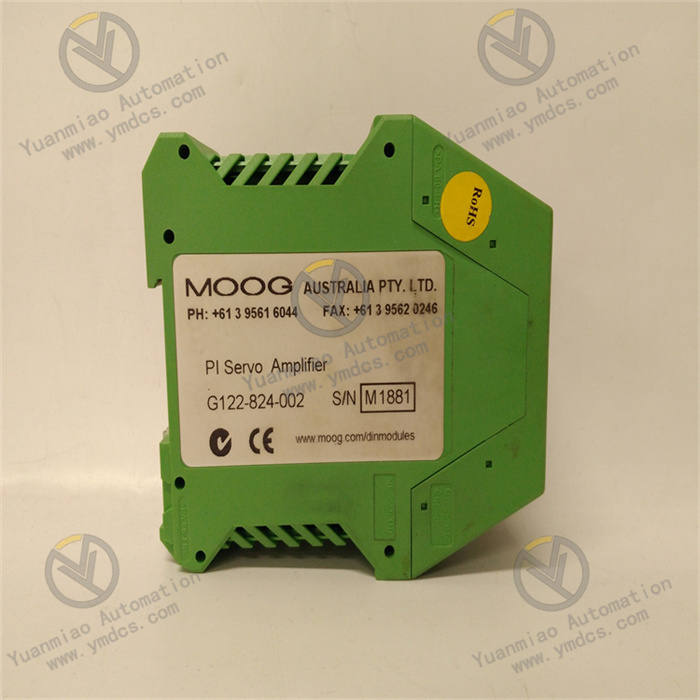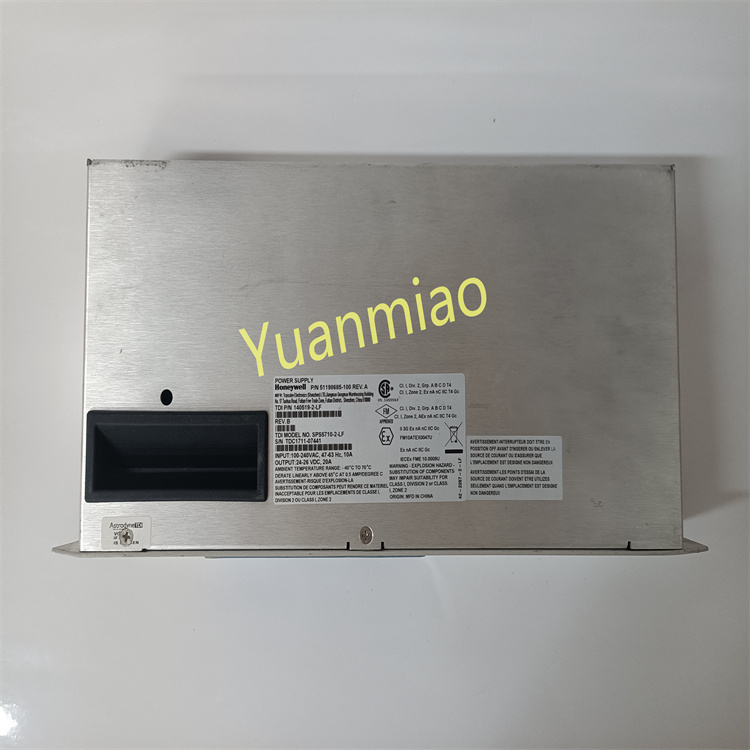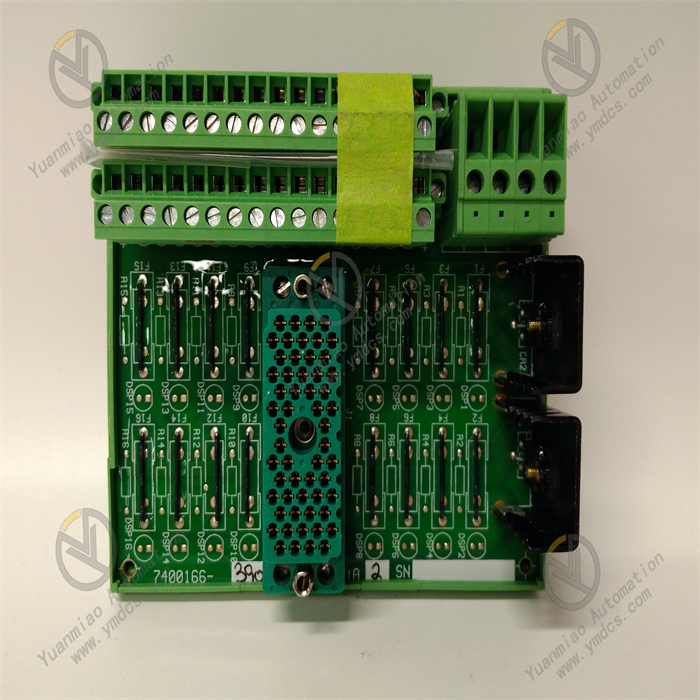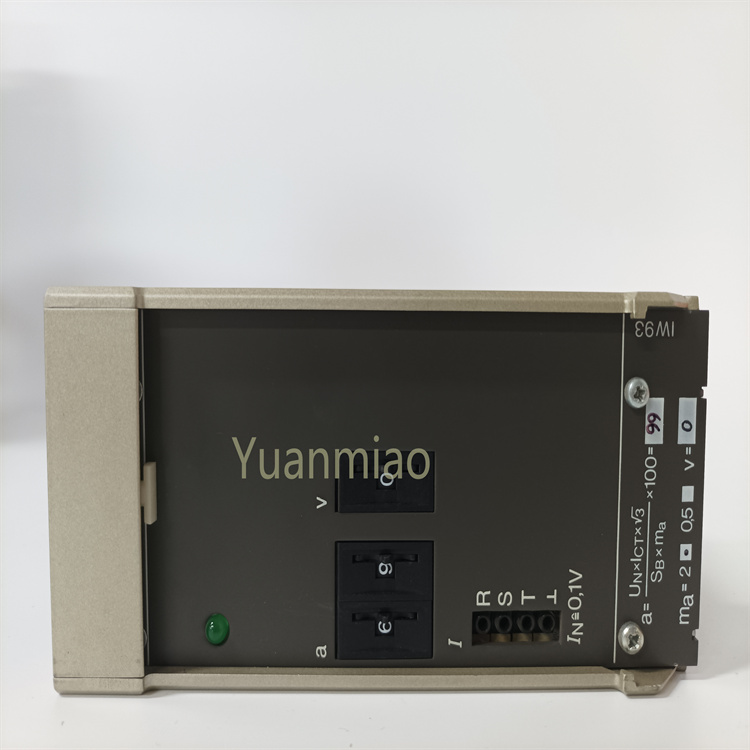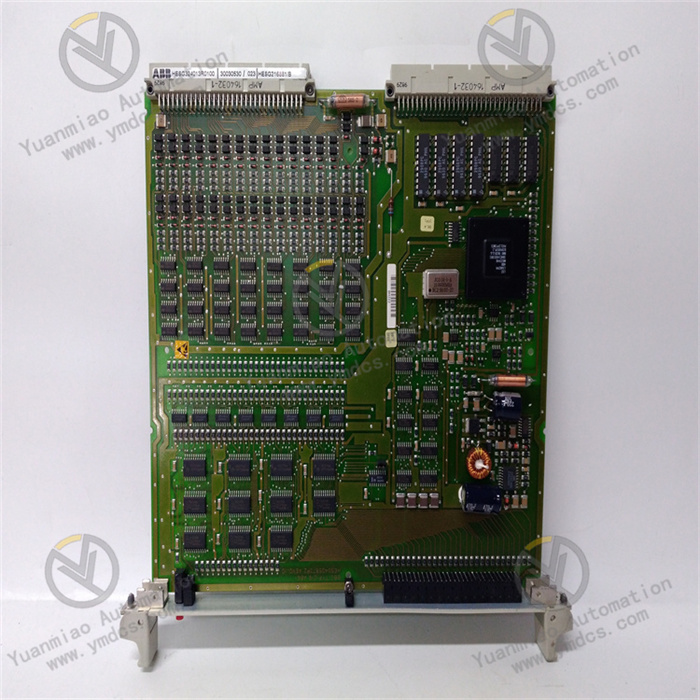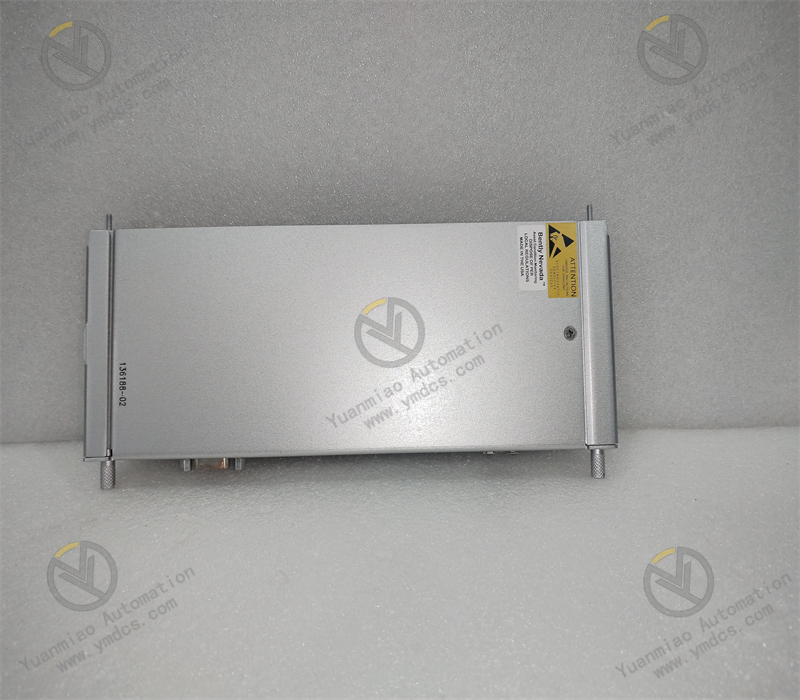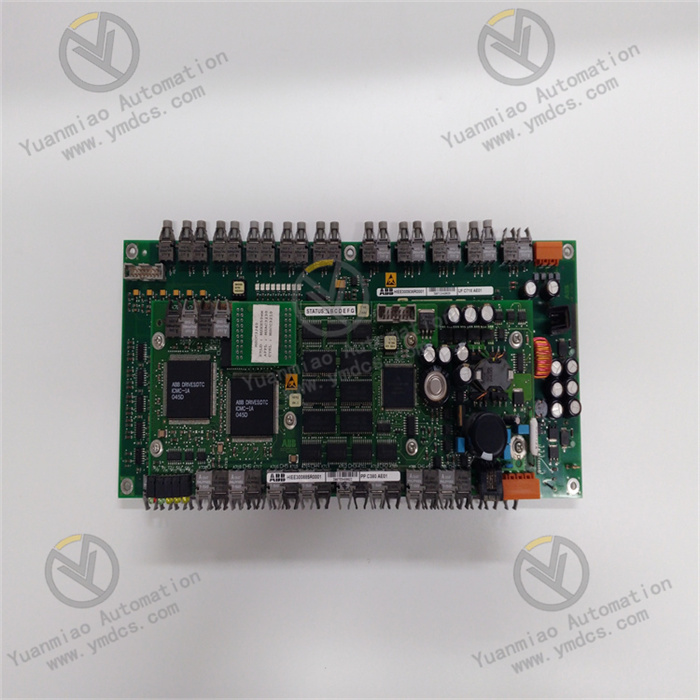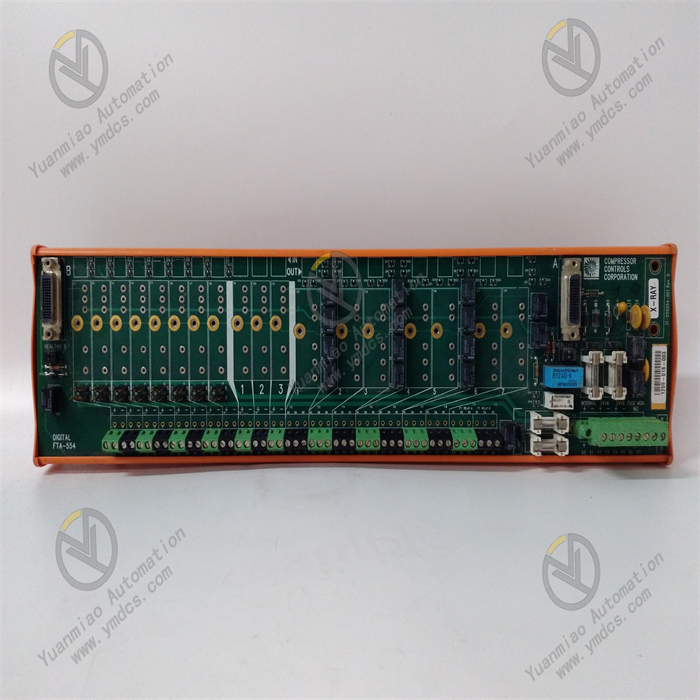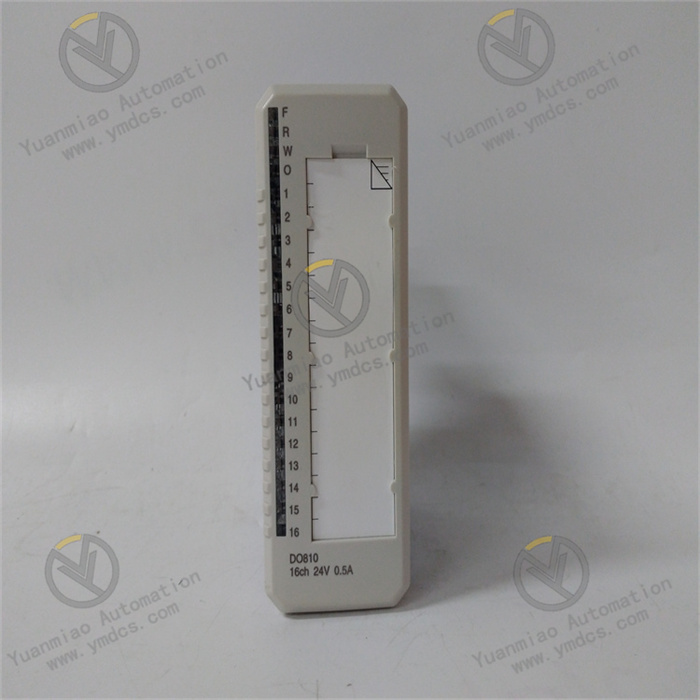Description
The NI SCXI - 1302 is a terminal module for the NI SCXI (Signal Conditioning eXtension for Instrumentation) system. It is mainly used to connect various sensors and signal sources to the SCXI chassis, and provides signal conditioning and transmission functions so that the signals can be collected and processed by devices such as data acquisition cards. Features and Functions Support for multiple input types: It can be connected to various types of sensors and signal sources, including thermocouples, strain gauges, accelerometers, etc., and can meet different measurement requirements. Electrical isolation: It provides an electrical isolation function, which can prevent external electrical interference from affecting the measurement signal. At the same time, it protects the measurement equipment from electrical noise and ground loop problems, improving the accuracy and reliability of the measurement. Signal conditioning function: It performs conditioning operations such as amplification, filtering, and linearization on the input signal to make the signal meet the input requirements of the data acquisition equipment and optimize the measurement performance. For example, it can amplify the weak sensor signal to a level suitable for the data acquisition card to collect. Easy to install and use: It adopts a compact modular design, which is easy to install in the SCXI chassis. It also has an intuitive terminal layout, which is convenient for users to wire and connect. Users can easily configure and control this module through NI software tools to achieve signal acquisition and processing.
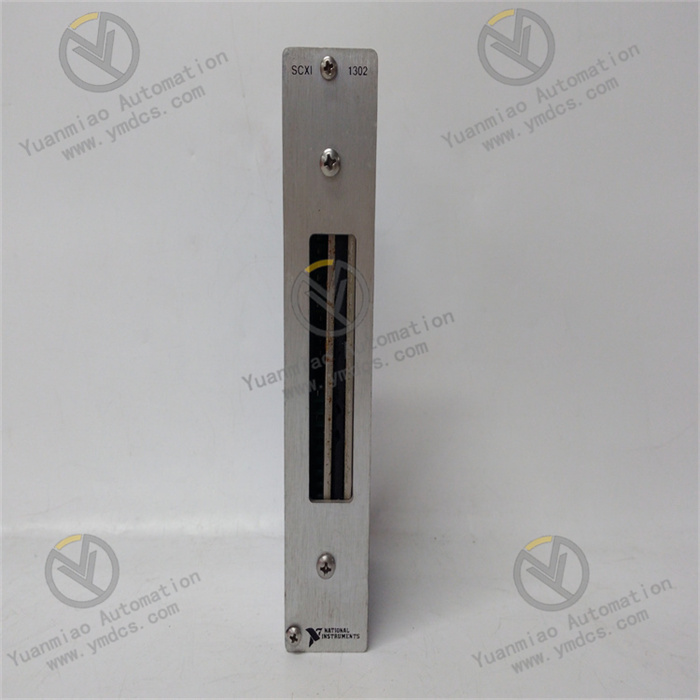
Technical Parameters Number of channels: It usually has multiple channels and can connect multiple sensors or signal sources for synchronous measurement. The specific number of channels may vary depending on different models or configurations. Input range: It supports a variety of input signal ranges to adapt to the output characteristics of different sensors. For example, for voltage input, it may support different ranges from millivolts to several volts. Accuracy: It has a high measurement accuracy and can accurately condition and transmit signals. Its accuracy index is usually within a certain percentage range, such as ±0.1% of the full scale or higher accuracy. Sampling rate: Cooperating with other components in the SCXI system, it can support a certain sampling rate to meet the data acquisition speed requirements of different applications. The sampling rate may range from a few hertz to several thousand hertz, depending on the system configuration and application requirements. Terminal specifications: It has 50 screw terminals and can use wires of 26 - 16AWG, which is convenient for connecting various signal sources. Electrical characteristics: It has DC coupling, a corner frequency of 0.16Hz (1-pole RC), and a DC suppression capacity of ±50V DC. Application Scenarios Industrial automation: In the industrial production process, it is used to monitor various physical quantities, such as temperature, pressure, strain, etc., to achieve the condition monitoring and control of production equipment, and improve production efficiency and product quality. Experimental testing: In scientific research laboratories and product development testing, it can be connected to various sensors for data collection and analysis, helping researchers obtain accurate experimental data for studying physical phenomena, verifying theoretical models, or evaluating product performance. Environmental monitoring: It is used to monitor environmental parameters, such as temperature, humidity, vibration, etc., and has a wide range of applications in fields such as environmental science research, building health monitoring, and meteorological observation. Automotive engineering: In the automotive research and development and testing process, it can collect information such as engine parameters, chassis vibration data, and vehicle body stress, helping engineers optimize the automotive design and performance.

Operation Guide for NI SCXI - 1302:
1. Preparation Work
Ensure that the NI - DAQmx driver software is installed. This software can be downloaded from the official NI website and installed according to the prompts.
Prepare the required tools, such as a screwdriver.
2. Module Installation
Select an appropriate installation location, such as inside the SCXI chassis. Ensure that the chassis is powered off, smoothly insert the SCXI - 1302 module into the corresponding slot of the chassis, and use fixing devices such as screws to firmly fix it.
3. Wiring Connection
Unscrew the rear ground screw on the back of the terminal block.
Carefully pry off the cover from the junction box with a flathead screwdriver.
Insert each wire into the terminal block strain relief device.
Connect the wires to the screw terminals and ensure a firm connection.
Tighten the large strain relief screw to fix the wires.
Snap the cover back into place and reinsert the rear ground screw.
According to actual needs, connect the signal leads of the signal source or other devices to the corresponding signal connection ports of the SCXI - 1302 module.
4. Software Configuration
Open software compatible with NI - DAQmx, such as LabVIEW, LabWindows/CVI, etc.
Create a new project or open an existing project in the software for configuring and controlling the SCXI - 1302 module.
Select the SCXI - 1302 module to be used in the software and configure its parameters, such as channel settings, sampling rate, range, etc. Set according to actual application requirements. For example, if a voltage signal source is connected, set the correct voltage range.
5. Function Testing
After the configuration is completed, a function test can be carried out. For example, send instructions through the software to make the module collect the signals input by the signal source, and view the collected data on the software interface to check whether the data is correct and stable.
Other functions of the module can also be tested, such as the multiplexer function, to check whether it can correctly switch different input signals to the acquisition channels.
6. System Integration and Joint Debugging
Integrate the SCXI - 1302 module into the entire measurement or control system and carry out joint debugging with other devices (such as data acquisition cards, controllers, etc.).
Check whether the data interaction between each device in the system is normal and ensure that the entire system can operate according to the expected functions. For example, check whether the collected data can be correctly transmitted to the host computer for processing and display, and whether the control instructions sent by the host computer can accurately control the relevant devices through the module.


